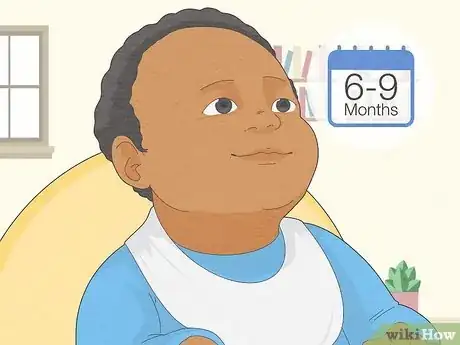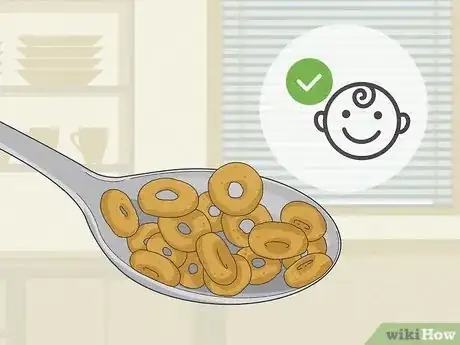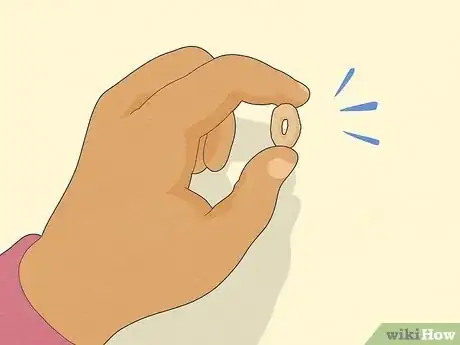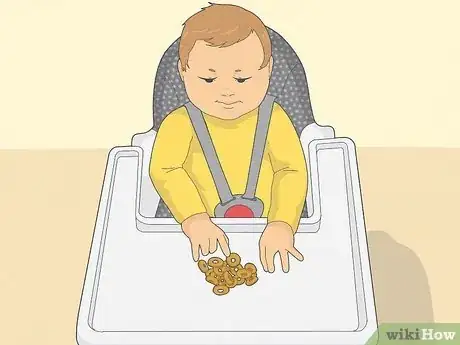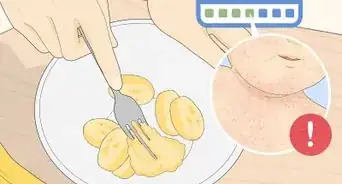This article was co-authored by Monica Moreno, MS, RD, LD/N and by wikiHow staff writer, Hannah Madden. Monica Moreno is a Registered Dietitian and the Founder, Owner, and Lead Dietitian at Essence Nutrition in Miami, Florida. Monica specializes in nutrition consulting and school and corporate wellness programs. She holds a BA from The University of Florida and an MS in Dietetics and Nutrition from Florida International University. Monica was the dietitian for the Miami Marlins for close to 5 years, and she is currently visiting dietitian specialist at Ocean Reef Resort and Club. Monica is a member of the Academy of Nutrition and Dietetics, Nutrition Entrepreneurs Dietetics Practice Group, Integrative Nutrition Dietetics Practice Group, Collegiate and Professionals Sports Dietitians Association, and Weight Management Dietetic Practice Group. She was awarded the 2020 Coral Gables Chamber of Commerce Business Woman in Healthcare of the Year award.
This article has been viewed 1,233 times.
You love your morning bowl of Cheerios—but what about your baby? As your child develops and starts eating solid foods, it might seem like a natural progression to give them a handful of Cheerios and see how they like it. But if the small, round cereal gives you pause, you’re not alone: many parents are concerned about choking hazards and nutritional info alike. Fortunately, we’ve got you covered—we’re here to share everything there is to know about feeding your baby Cheerios, including how old your baby should be and how to introduce them safely. Happy snacking!
Things You Should Know
- Babies can eat Cheerios when they’re between 6 and 9 months old, or when they’re sitting up on their own.
- Unlike other solid foods, Cheerios are not a choking hazard, so they’re a good choice to feed your baby.
- Cheerios help your baby develop the pincer grasp, or picking items up with their thumb and forefinger.
- Cheerios are also packed with whole grains and iron, so they’re a healthy choice for your baby.
Steps
References
- ↑ https://www.parents.com/baby/development/25-week-old-baby-development/
- ↑ https://www.parents.com/baby/development/25-week-old-baby-development/
- ↑ https://publications.aap.org/pediatricsinreview/article-abstract/41/8/403/35426/Food-Allergies?redirectedFrom=fulltext
- ↑ .https://www.choc.org/userfiles/file/Rehab-Developmental%20Milestones%20final.pdf
- ↑ https://www.cheerios.com/products/original-cheerios
- ↑ https://www.healthychildren.org/English/ages-stages/baby/feeding-nutrition/Pages/Starting-Solid-Foods.aspx
